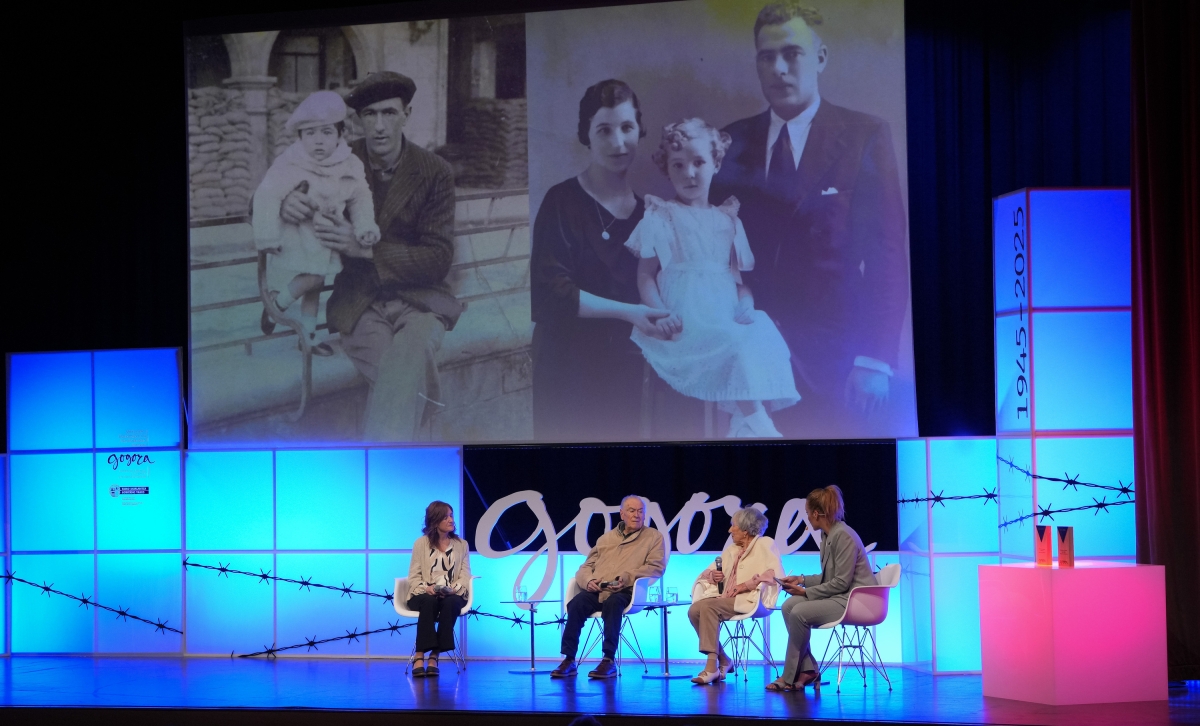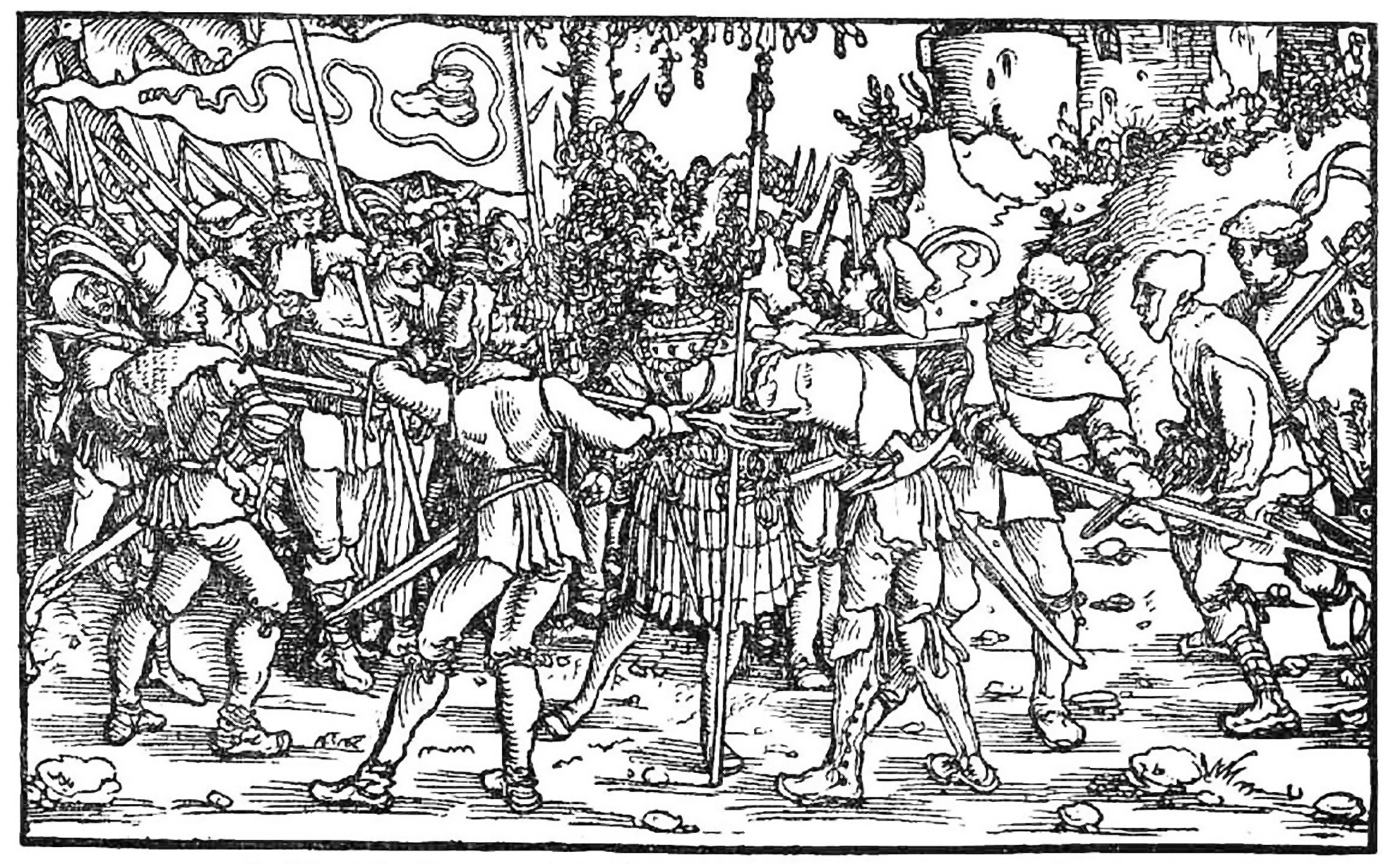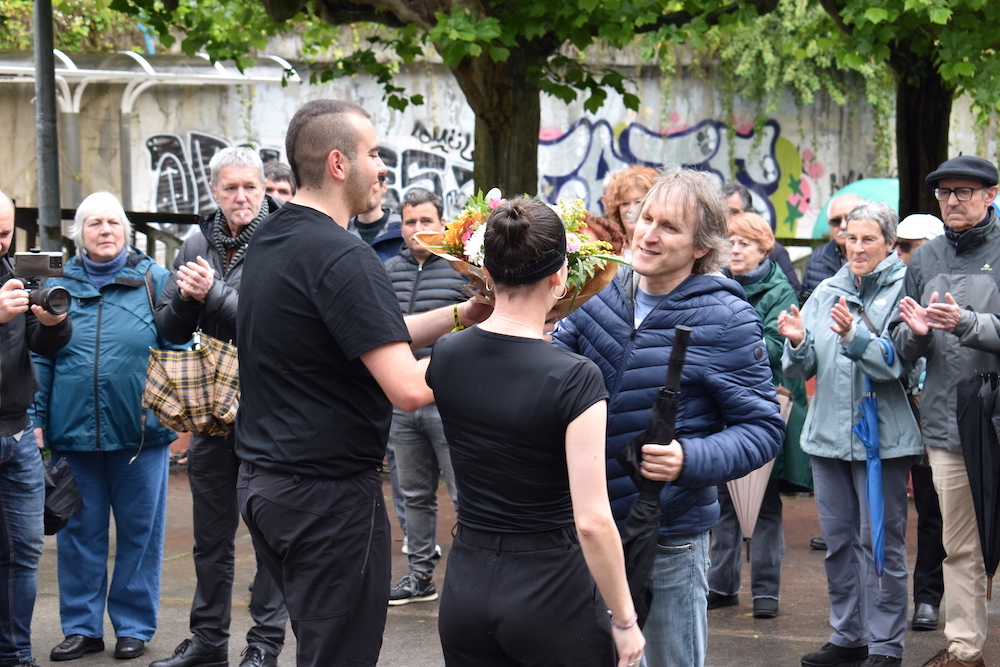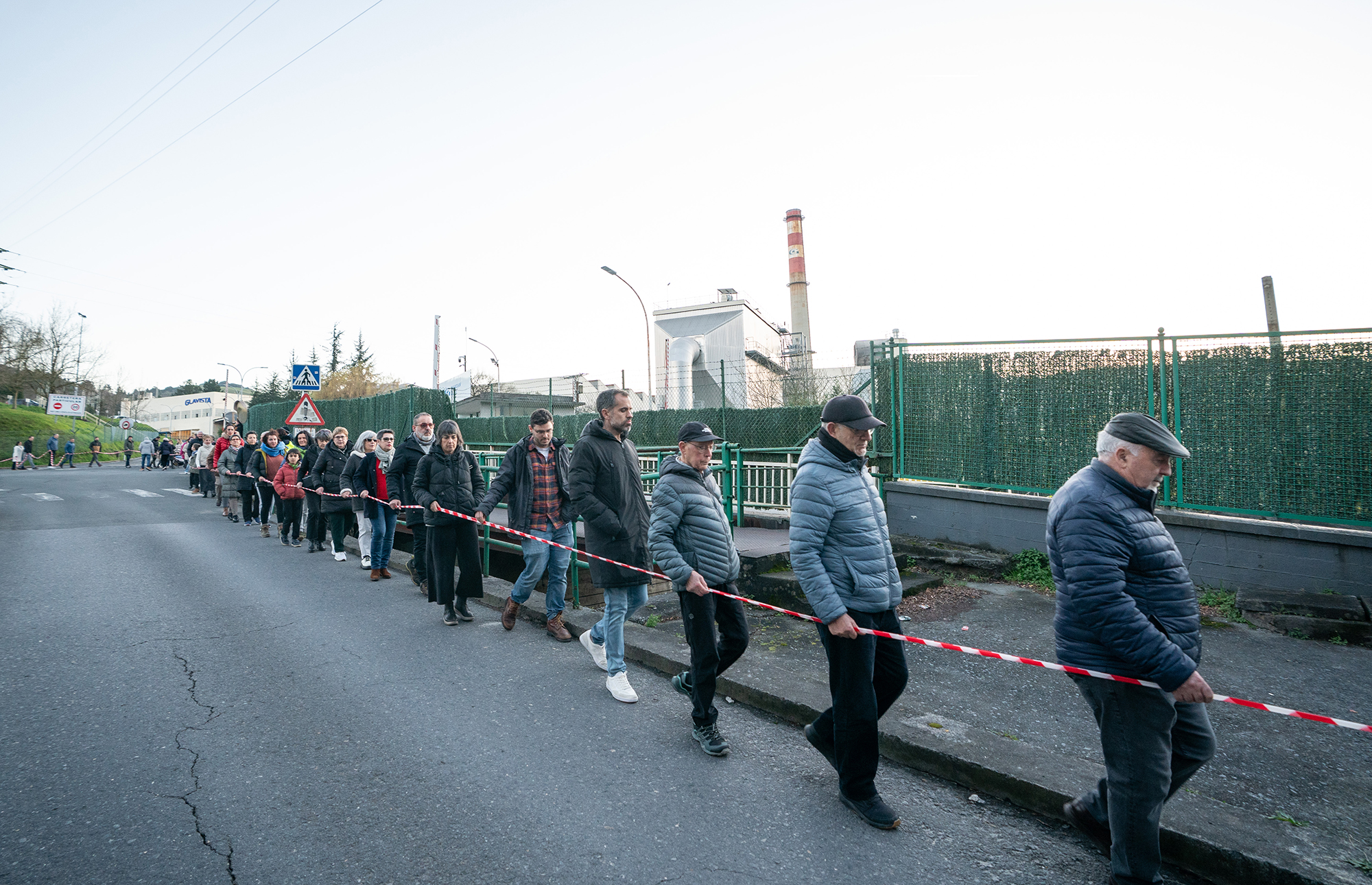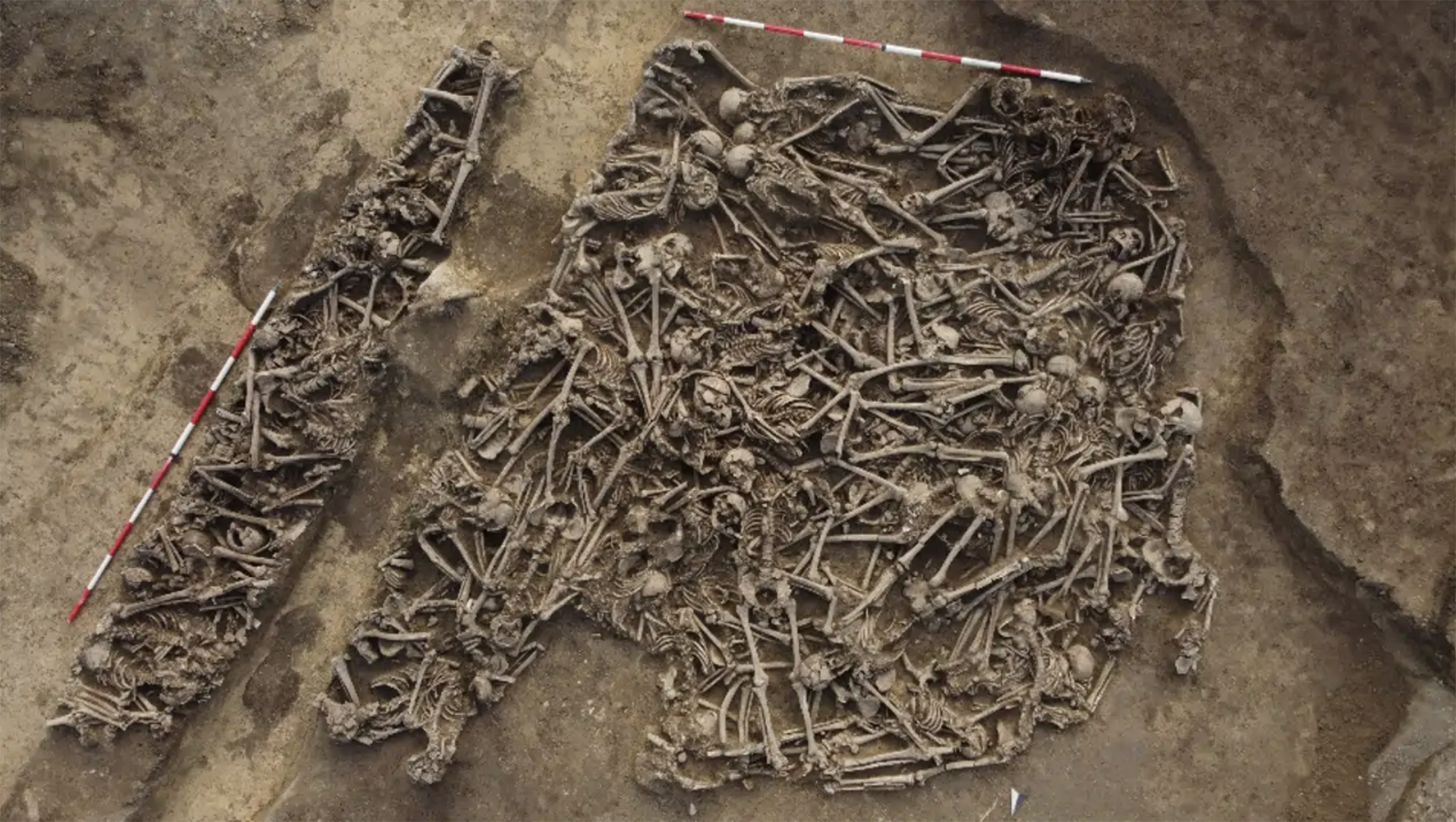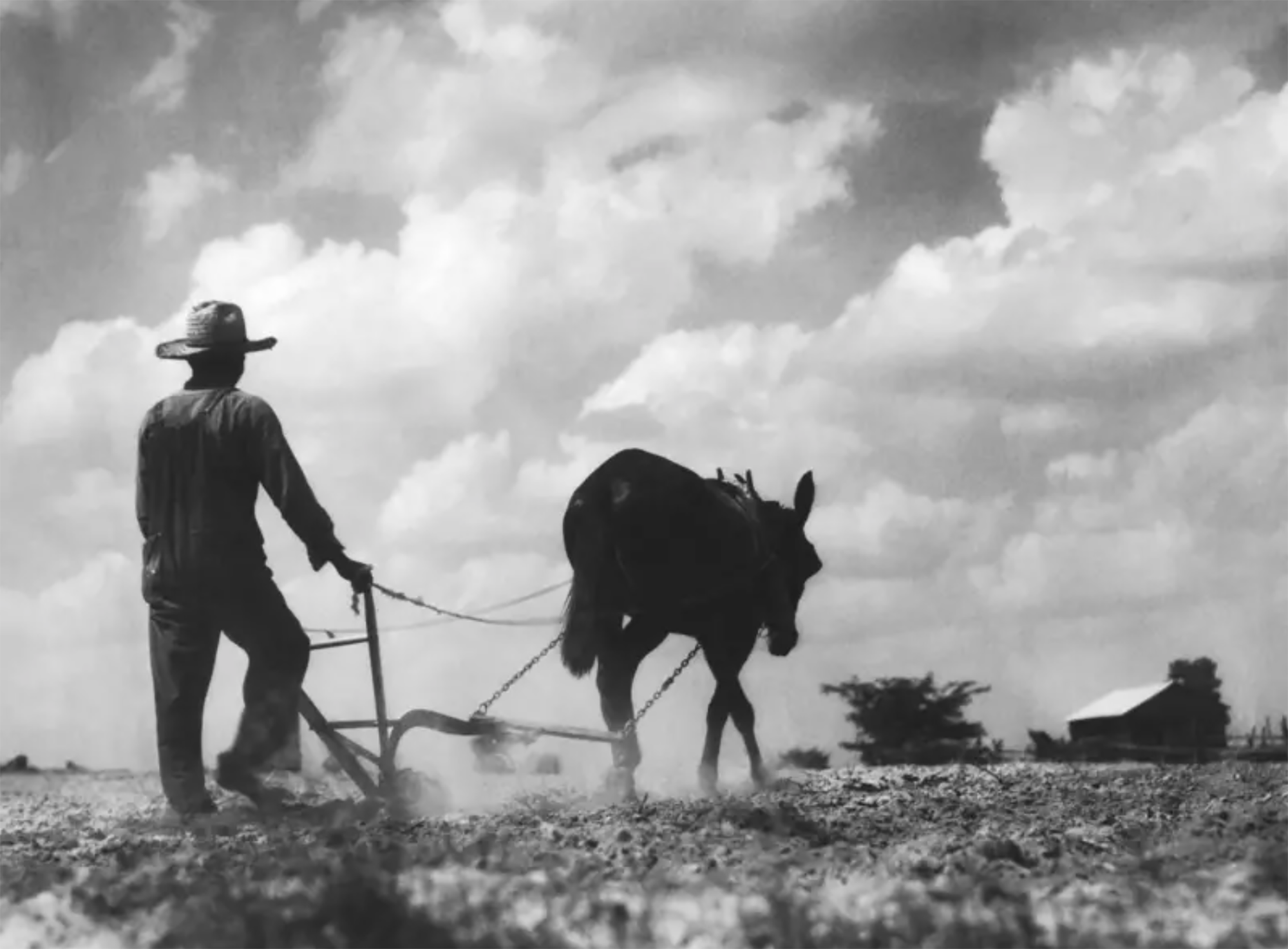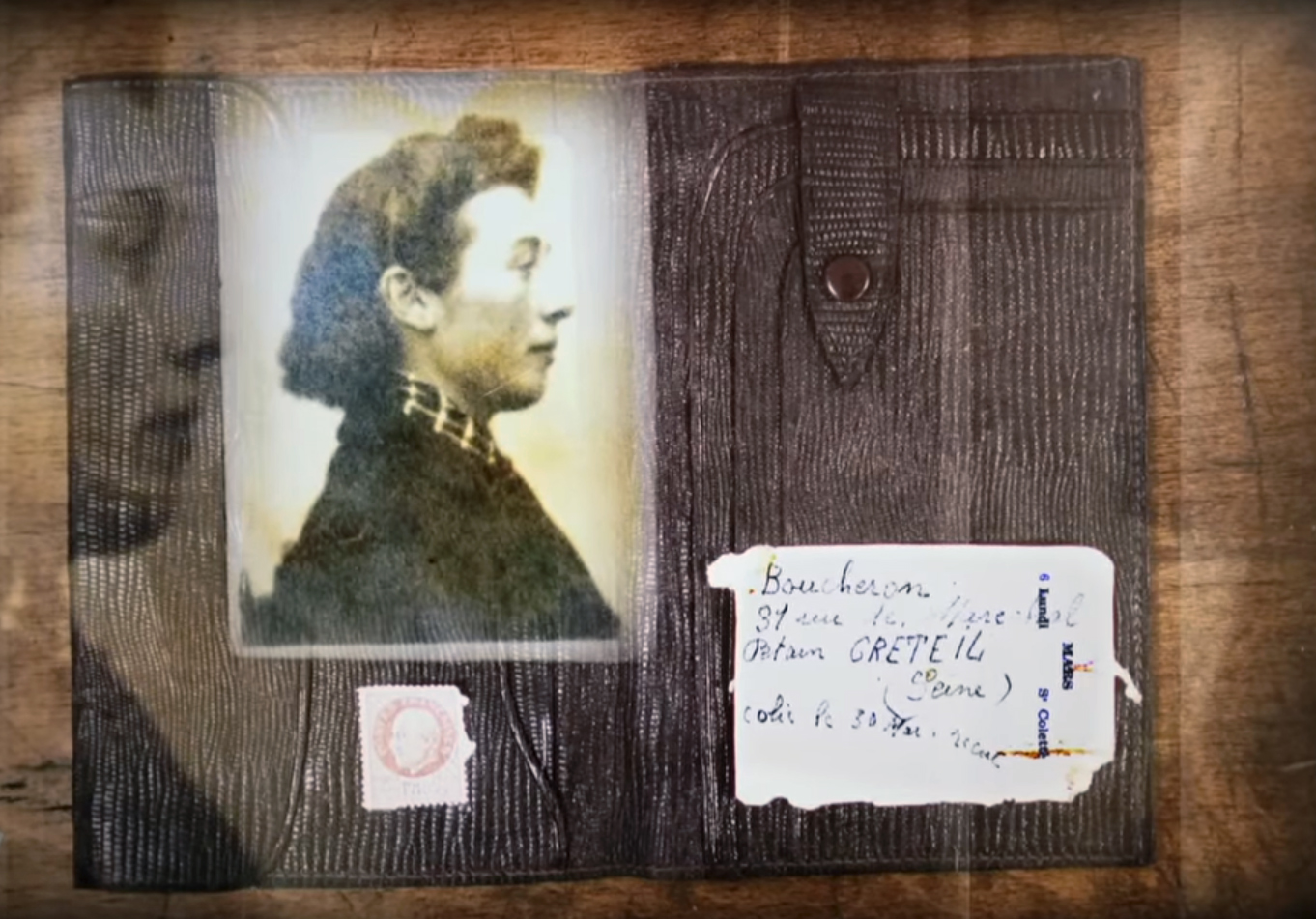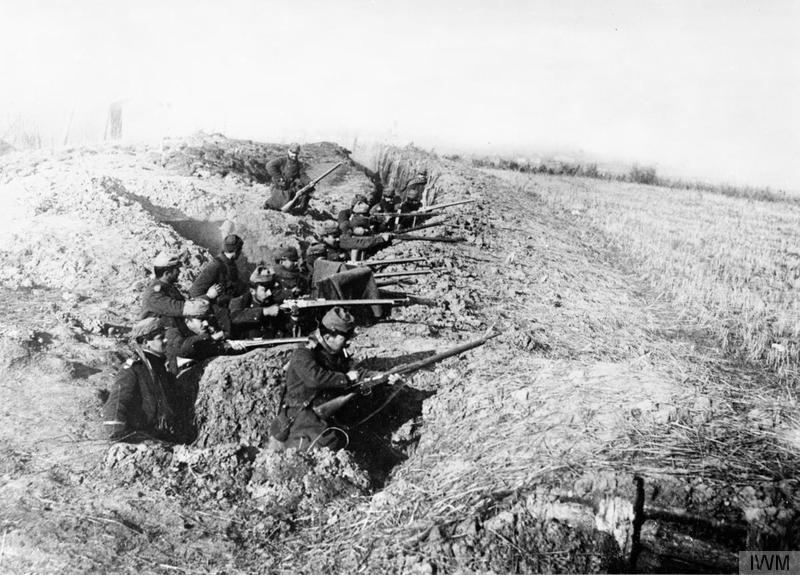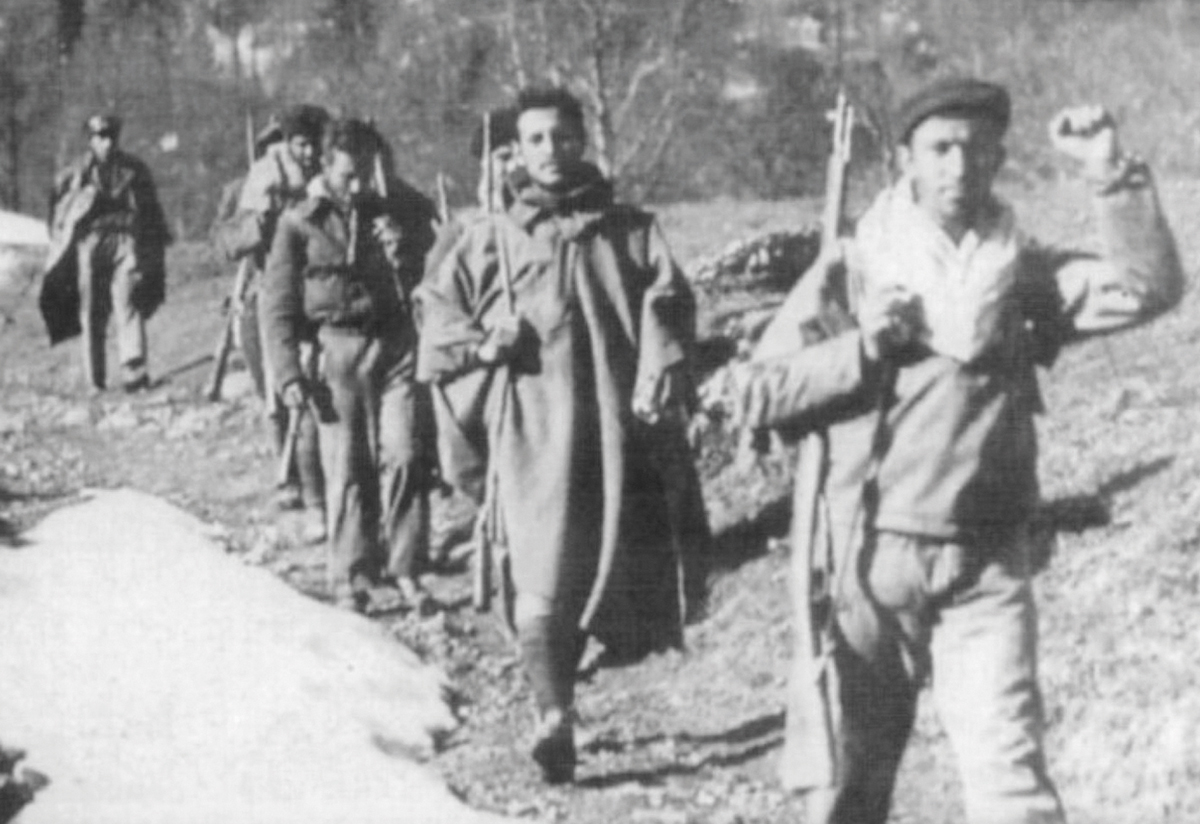Eibar, First of the Second
- In Spain, political changes have been very frequent, but the change in the socio-economic structure has not been so frequent. High-level authorities have been rotated through coups d’état or pre-arranged elections. There are two exceptions. One, the Democratic Six-year after Isabel II.ak failed, which ended with the Republican experience of 1873-1874. The other is 60 years later: II promulgated after the end of the dictatorship of Primo de Rivera. Republic, the so-called Pretty Girl. The proclamation will be 80 years old on the 14th.
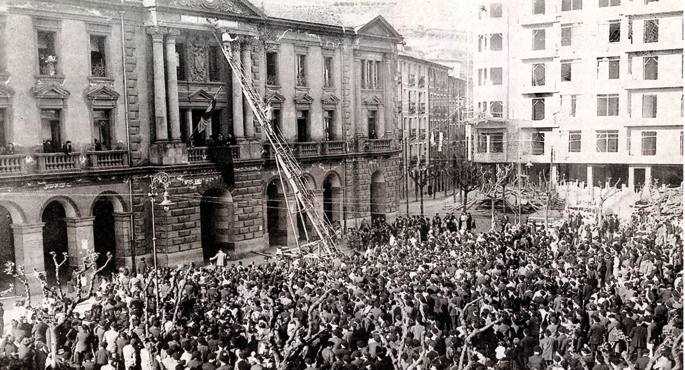
Although the exceptions mentioned were born without violence, they were brutally murdered. The first murder came from Pavia in 1874; the second crime was committed by Franco and others in 1936 with the war. It is curious, therefore, that these democratic processes, which have passed into the pages of history as revolutionary and radical, arrived without bloodshed and in a festive atmosphere, while they were forcibly mourned by counterrevolutionary forces.
The changes of 1868 and 1931 were not prompted by the military authorities, so the royal family and those close to it were able to move calmly across the border with the assurance of their early or late return, as witnessed by Juan Carlos of Bourbon.
From the anti-monarchical meeting in San Sebastian to the doors of the Republic
80 years ago II. The history of the establishment of the Republic cannot be explained in a single line. The king has abdicated and brought the Republic. Or even the other way around: The King has given up his authority because of the creation of the Republic. But these different interpretations have the same origin: Alfonso XIII.ak That the support of the dictatorship of Primo de Rivera delegitimized the monarchy. Faced with this, all left-wing political organizations, that is, numerous republican groups and even the PSOE party and the UGT union that brought workers together, agreed on a radical democratic solution: Establishment of the Republic and preparation of the joint provisional agenda.
Although they secretly worked on various initiatives, such as the general mobilization of December 1930, which ended with the defeat of the Jaca uprising, in many other apparitions they openly declared that, in order to achieve political and social change, they were aimed at the Republic. The San Sebastian Convention (August 17, 1930) was one of the most important. The following met at the headquarters of the Republican Union in Calle Garibaia, 4, San Sebastián: The host Fernando Sasiain –later mayor of San Sebastián–, the republicans Manuel Azaña, Alejandro Lineux, Marcelino Domingo and Santiago Casares Quiroga, the Catalanists Jaume Aiguade and Manuel Carrasco Formiguera, and the socialists Fernando de los Ríos and Indalecio Prieto. La Voz de Guipuzcoa reported on its pages about this “anti-dynastic” meeting, and in the following days the attendees released a press release, a sign that they did not intend to go undercover. Moreover, with the participation of the PSOE, the Socialist Republican College (anti-monarchist pact) worked hard in the electoral campaign since March 1931, with the proclamation of the Republic as the main political axis. For these elections, the monarchical government made a precise calculation by Juan Bautista Aznar: the intention was to return to the political structure of 1923, for which the municipal elections were ideal, because they thought that local communion would accompany and that the voters would support the traditional right-wing forces. On the contrary, the Republicans and Socialists insisted on the need to change the Regime, in rallies, pamphlets and in all political apparitions. The Republicans of Irun well summed up the importance of choosing between a monarchy or a republic:
“What is the Ara Republic, the Republic is a right which God has given to man in such a way that it cannot be taken away by the Iños, an assembly in which you organize things concerning the Riyadh. In the Orta assembly or association, all of them are Berdiños and choose from among all those that correspond to civility, an honest and wise man, to preside. That they'll look at all the same. Take the bait and give it to the other. And if all of them have chosen him as their head, they shall likewise remove him from the place of dagon when he does not do things as he does tomorrow, or when they have chosen another of those who have spent their time. What is King? More places to stay in Ara: A lord who makes you king of the land: A man who says that God has given him the right to command in Riyadh. Who organizes the things of the country in the way that suits him, because he chooses the authorities, etc., to which he belongs. Even if he is a fool, who reigns while he is alive, and he is in the nail, his son or his daughter, even if he is more foolish than himself, a master of the empty head of the country. And give him a million dollars, which is not enough, to all his sons, his wives, his brothers, etc., a million dollars tomorrow.”
The right-wing campaign was less courageous, but in the end they had to answer this question.Diario de Navarra said on April 12, the same day as the municipal elections: “To vote against the revolution that is anarchy! Against the Republic that will open the way to the Soviet!”, while La Constancia de San Sebastián encouraged its readers with the following: “The time has come to tell us whether San Sebastián is monarchical or republican.”
This is how the atmosphere of the elections was nourished by each other. But as soon as the results began to be known on April 12, many perceived what the reality was. The head of government, Juan Bautista Aznar, described what happened with a resounding phrase: “Spain, a monarchist has gone to bed and a Republican has risen.”
There were doubts, tricks and political movements in the following hours in search of a solution for the government and the monarchy. It was argued and proposed by all in this quinka: to carry out constituent votes, to form a provisional government, to strengthen the government with the constitutionalists... anything to avoid the need to decide between the monarchy and the republic. All these options were put on the table by Alfonso XIII.ari. But by then the gestures of the Republic had begun to prevail in the capitals and in many villages; in the mouth of Marseillaise and with the Phrygian cap in mind, the first demonstrations began on the afternoon of April 13. Many demanded the freedom of the prisoners, as well as bringing the republican demand to the top of the state, turning the victory on the ground into a general victory, and forcing the regime to change.
The complete sequence of claim Eibar
But how do you do that? Eibarti answered this question in the first hours of April 14 in the most direct way. In this country, the Republicans and Socialists achieved almost total domination. In San Sebastián and Irún the leftists also won, but there were still significant minorities of monarchists and neutrals. In the capital of Gipuzkoa, for example, 14 councillors were monarchists, while in the town of Bidasoaldea, 10 were supporters of the king. In Eibar, out of 19 councillors, the Republican-Socialists won 16 and the remaining three belonged to the PNV. There was therefore no significant opposition in the Armero people.
The relationship of strength between Republicans and Socialists was equated in Eibar – eight by each group of councillors – but the Socialists took the initiative to proclaim the Republic. Juan De los Toyos, leader of the newly elected and socialist party following orders from Madrid and San Sebastián, took the first step towards the proclamation of the new regime. He turned to the Republican leader, Domingo Cortázar, at 4 a.m., saying that they should meet as soon as possible. Likewise, through the local butlers, De los Toyos summoned the rest of the elected officials to meet in Casa del Pueblo. They appeared there at 5 a.m. and the socialist leader informed them of the situation. Before going to the City Hall, the participants divided their responsibilities and decided to proclaim the Republic.
Say and do. Between 6 a.m. and 6:30 a.m., they departed to the adjoining town hall and, after the official formation of the new Town Hall, in which Alejandro Telleria became mayor, they declared the Republic. This is what they declared by hanging the three-color flag on the main balcony. The event was held in front of the people gathered in the square, thinking that the same thing was happening in other places. Local demands were supposed to bring about a general change, and those who were at the Eibar City Hall that morning thought that the mandate that had come to Eibar, which was to proclaim the Republic, was being fulfilled in other towns as well.
But for many hours Eibar was the only place where the Republican demand was triggered. It wasn’t until the early hours of the afternoon that something similar happened. In the afternoon, however, Barcelona followed the path begun by Eibar; Lluís Companys from the town hall and Frances Macías from the San Jaume palace, spread the republican flag and proclaimed the Republic of Catalonia. Of course, this cry from Barcelona, in addition to having a greater echo, generated a political earthquake. On the one hand because it was Barcelona, and on the other because Macias, with the Republic of Catalonia, significantly exceeded the goal of autonomy agreed in San Sebastian.
These demands accelerated the movements of that day towards a definitive political solution. As a result, whether with a Constituent Parliament, other elections, or the formation of a government of concentration, those who supported the maintenance of the monarchy in some way surrendered. They realized that if Alfonso XIII.ak wanted to keep the royal chair in the future, he had to stop promising it in the State, even if it was in a providential way. In addition, from the point of view of the Republican-Socialists, the new regime had to be constituted as soon as possible in order to prevent the overflow of this issue, as happened in Catalonia.
In Eibar, on the afternoon of April 14th, with the peace of mind of knowing that the victory was assured – by then a crowd also gathered in the same Puerta del Sol in Madrid II. To celebrate the arrival of the Republic – a second rally was held in front of the City Hall. On the sign called Alfonso XIII, they wrote the Paranza de la República through a series of plates. The king was still in Madrid, but quickly took the road to exile, from Cartagena to Marseille. At the time of the change in the name of the square, Juan De los Toyos and others informed the participants of the Republic that was spreading from village to village and promulgating. With the sunset, similar demonstrations were widespread throughout the Spanish state.The Maseillaise, the Tree of Guernica, the Hymn of Riego and other hymns were repeated by the demonstrators waving the republican flag, and the party prevailed everywhere. With good reason, a few years later, the Eibar socialist Toribio Altzaga wrote of the exile:
“This drop of water in Eibar accelerated the events in Madrid, a law in which the modest tremor of a few steps causes the detachment of snow from the mountain.”
With this pioneering work, numerous international media referred to what happened in Eibar, specifying that it belonged to the “province of Saint Sebastian”. At the beginning of May 1931, the Spanish Government itself honoured it with the designation of a Very Exemplary City, as witnessed by Marcelino Domingo, Miguel Unamuno, Indalecio Prieto and Gonzalo Queipo de Llano. It is curious, because the military Queipo de Llano was one of the soldiers who rebelled against the Republic a few years later. Those who called the Republic “the product of the people” ate their words after five years, as they worked to bring down the deepest democratic session in Spain.
Of course, during the War of 1936, the Francoists quickly took away the title of Eibar, “the last people left in the hands of the Popular Front and the traitor Basque nationalists (of Gipuzkoa).” On May 3, 1937, the Francoist councillors demanded the “unanimous elimination of what the Republic had given.”
But above all the nominations and expropriations, among the small ones that make history great, Eibar was the first. Those of us who consider monarchy and democracy to be a fundamental contradiction, what happened in Eibar on April 14, 1931, is not only unforgettable, but we consider it absolutely exemplary.
Salvador Puig Antich frankismoaren kontrako militantea izan zen. Askapen Mugimendu Iberikoko kidea, 1973ko irailaren 25ean atxilotu zuten. Gerra-kontseilua egin zioten, eta garrotez exekutatu zuten handik sei hilabetera, 1974ko martxoaren 2an. Aurtengo otsailean baliogabetu du... [+]
Rudolf Botha hizkuntzalari hegoafrikarrak hipotesi bat bota berri du Homo erectus-i buruz: espezieak ahozko komunikazio moduren bat garatu zuen duela milioi bat urte baino gehiago. Homo sapiens-a da, dakigunez, hitz egiteko gai den espezie bakarra eta, beraz, hortik... [+]
Böblingen, Holy Roman Empire, 12 May 1525. Georg Truchsess von Waldburg overthrew the Württemberg insurgent peasants. Three days later, on 15 May, Philip of Hesse and the Duke of Saxony joined forces to crush the Thuringian rebels in Frankenhausen, killing some 5,000 peasants... [+]
During the renovation of a sports field in the Simmering district of Vienna, a mass grave with 150 bodies was discovered in October 2024. They conclude that they were Roman legionnaires and A.D. They died around 100 years ago. Or rather, they were killed.
The bodies were buried... [+]
Washington, D.C., June 17, 1930. The U.S. Congress passed the Tariff Act. It is also known as the Smoot-Hawley Act because it was promoted by Senator Reed Smoot and Representative Willis Hawley.
The law raised import tax limits for about 900 products by 40% to 60% in order to... [+]
My mother always says: “I never understood why World War I happened. It doesn't make any sense to him. He does not understand why the old European powers were involved in such barbarism and does not get into his head how they were persuaded to kill these young men from Europe,... [+]












